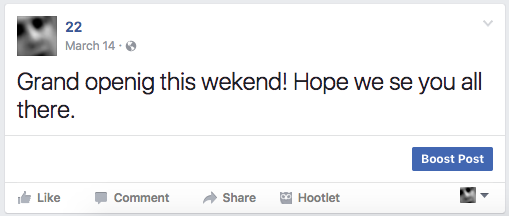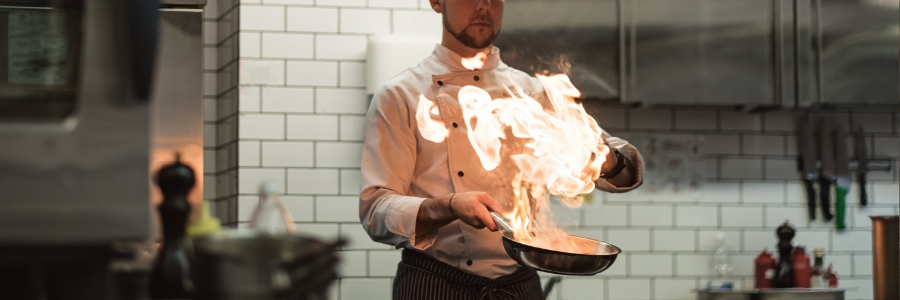When it comes to sorting out your social media marketing campaign, working with a knowledgable marketing strategist is an absolute must. They should be experienced and well-versed enough to provide you with the inside track on what you need to be doing, so that you can efficiently execute your plans and quickly achieve your goals.
Or will you?
One of the downsides of getting a robust and forward-thinking plan from an expert is that you still need a certain level of skill in order to execute that plan. I know, it seems like a catch-22: you get a plan from an expert because you are not an expert, but expert plans are best executed by experts. Even with the perfect plan there are hundreds of pitfalls that need to be avoided.
In my experience, I find companies that use a team to execute their social media marketing strategies tend to be the most successful. I have trained teams ranging from 100 to 2, and the common factor to success is simple: each team member knows the roles and knows who will be in charge of that role’s duties.
Don’t worry about getting new staff for each role: one person can be in charge of multiple roles, as long as that one person is skilled in each. Not everything is trainable, especially on the fly. Social media marketing is an investment into your online future, so you want to make sure that you trust the leaders of your team. Your reputation will be on the line. Here are the six main roles that you should be thinking about when you are getting ready to execute your social media marketing strategy.
- Project Manager: This person is key, as they will be in charge of, well, managing the project itself. Project Managers ensure that team members meet all objectives and hold everyone accountable to deadlines and budgets.
- Copywriter: What is social media all about? Content! If you do not have the time or the skills to create quality content, you need to enlist a copywriter. Grammar, punctuation, and attention to detail are a must.
- Graphic Designer: How do you make sure that your brand looks consistent across the board? Visuals, my friend. Whether your visuals consist of images, videos, slideshows, or channel branding, you’ll need a pro (if only to ensure that your graphics don’t look like they were designed by an intern).
- Advertising Specialist: Do you know how to utilize social media advertising platforms? If you don’t then you need to hire someone who does. Of course, you could always wing it and risk losing tons of time and money with little to no results.
- Analytics Specialist: Are you successful? What is working for your brand and what isn’t? If you have no idea, then you need someone who revels in tracking data. This role should extend beyond social media and into your website itself!
- Website Designer: If you hired a website designer to create the perfect website (perhaps at a substantial investment) without making arrangements for ongoing maintenance, you’ve made a mistake. Having a support person on hand is necessary in today’s digitally-driven world! This is especially true if your objectives are sales, conversions, email signups, and similar goals via your company website. If your website isn’t working, then neither will your marketing efforts on social media, or anywhere else, for that matter.
So there you go! These roles will form the basis of a nice, well-rounded team. Although I have seen all of these roles filled by as few as two people, most teams will need more. This goes back to what I said earlier: you must make sure that anyone filling any of these roles–especially employees who fill two or more roles–is qualified, professional, and actually has the time! Remember: you are only as strong as your team!
Read More



















